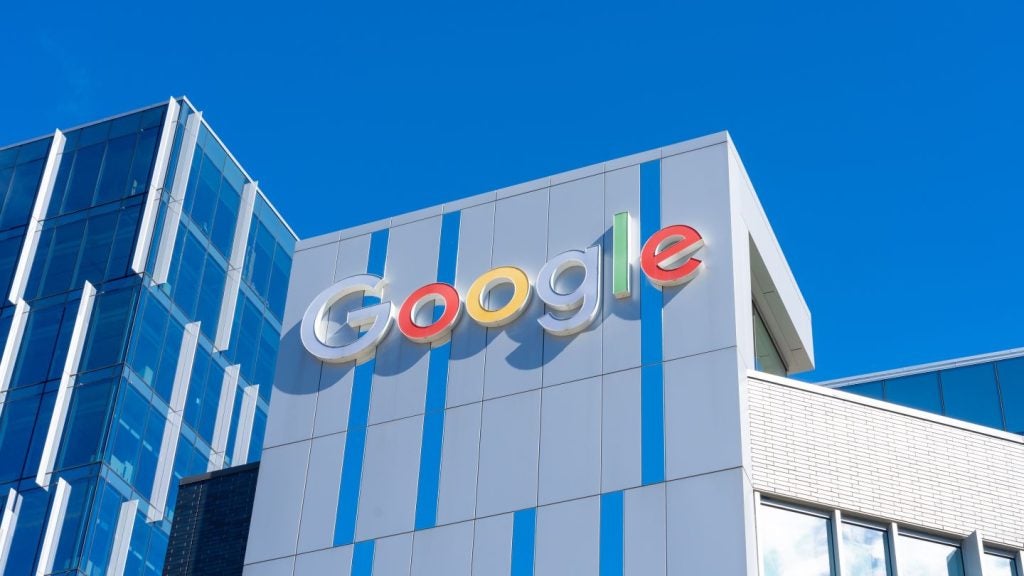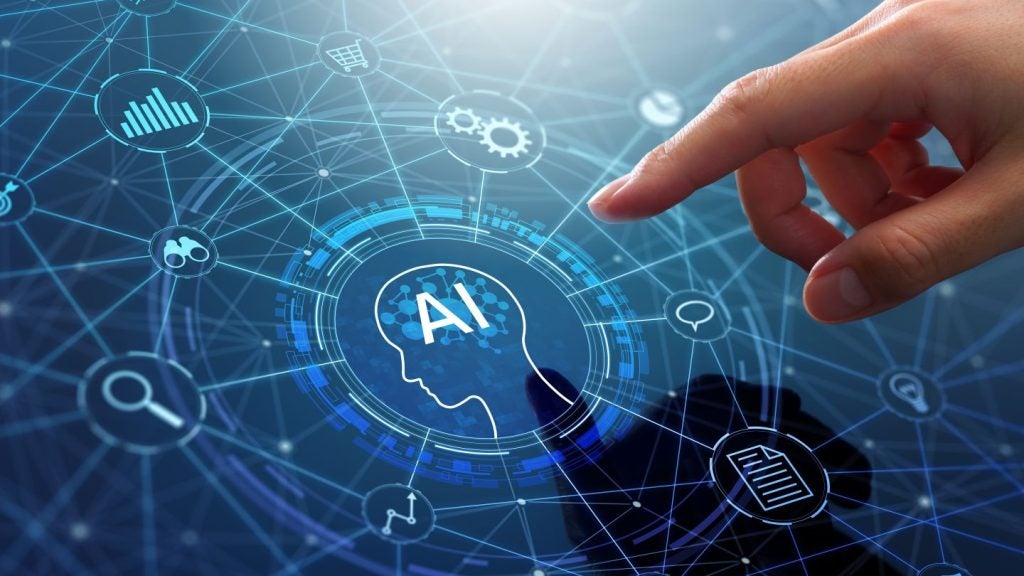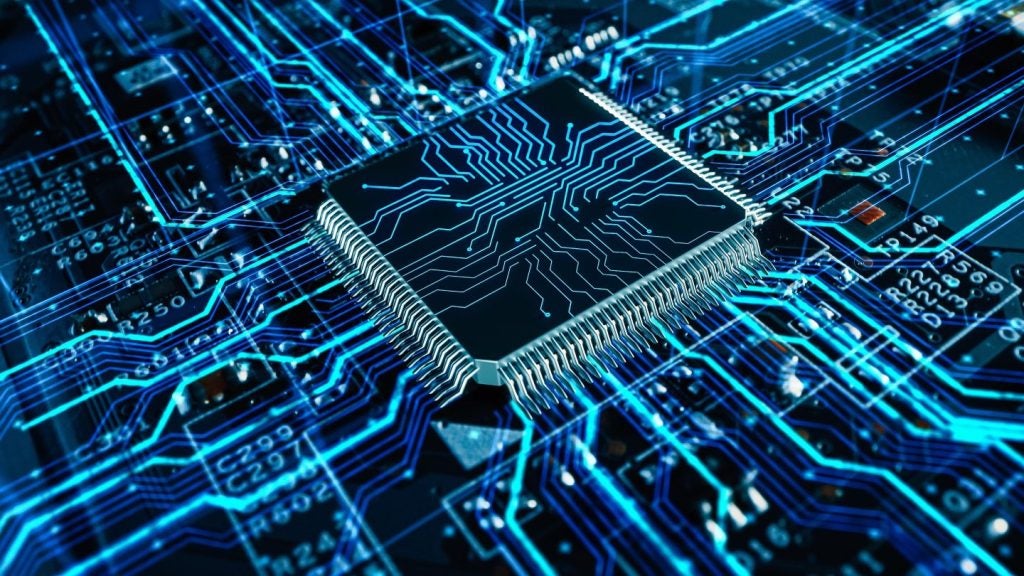Neusoft has been granted a patent for an image processing method that involves acquiring an image, extracting image noise and contour information of the target object, generating a noise distribution image, and obtaining a target image by performing noise reduction. GlobalData’s report on Neusoft gives a 360-degree view of the company including its patenting strategy. Buy the report here.
According to GlobalData’s company profile on Neusoft, AI for workflow management was a key innovation area identified from patents. Neusoft's grant share as of June 2023 was 1%. Grant share is based on the ratio of number of grants to total number of patents.
Image processing method using noise reduction for target objects


A recently granted patent (Publication Number: US11645736B2) describes an image processing method and system that aims to reduce noise in images. The method involves acquiring an image that contains a target object and extracting both image noise information and contour information of the target object from the acquired image. A noise distribution image is then generated based on this extracted information. Finally, the image to be processed is subjected to noise reduction using the noise distribution image to obtain a target image.
The patent further details the use of a neural network for extracting the image noise information and contour information, as well as generating the noise distribution image. The neural network consists of an information extraction sub-network and an image generation sub-network. The information extraction sub-network is responsible for extracting the desired information from the acquired image, while the image generation sub-network generates the noise distribution image based on this extracted information.
To train the image generation sub-network, the method involves acquiring a first sample image and a second sample image. The first sample image is labeled with pixel information and sample contour information, while the second sample image is obtained by adding noise to the first sample image. The second sample image is then inputted into the neural network to obtain a sample noise distribution image. A sample target image is obtained by performing noise reduction on the second sample image using the sample noise distribution image. The network parameters of the image generation sub-network are adjusted based on the difference in pixel values and contour information between the first sample image and the sample target image.
The image processing system described in the patent includes at least one processor and one or more memories storing programming instructions for executing the image processing operations. The system follows the same steps as the method, including acquiring the image, extracting image noise and contour information, generating the noise distribution image, and performing noise reduction on the image to obtain the target image.
Overall, this patent presents an image processing method and system that utilizes a neural network to reduce noise in images. By extracting image noise and contour information and generating a noise distribution image, the method aims to improve the quality of the processed image. The system implementation allows for efficient and automated noise reduction in various applications that involve image processing.
To know more about GlobalData’s detailed insights on Neusoft, buy the report here.
Data Insights
From

The gold standard of business intelligence.
Blending expert knowledge with cutting-edge technology, GlobalData’s unrivalled proprietary data will enable you to decode what’s happening in your market. You can make better informed decisions and gain a future-proof advantage over your competitors.







